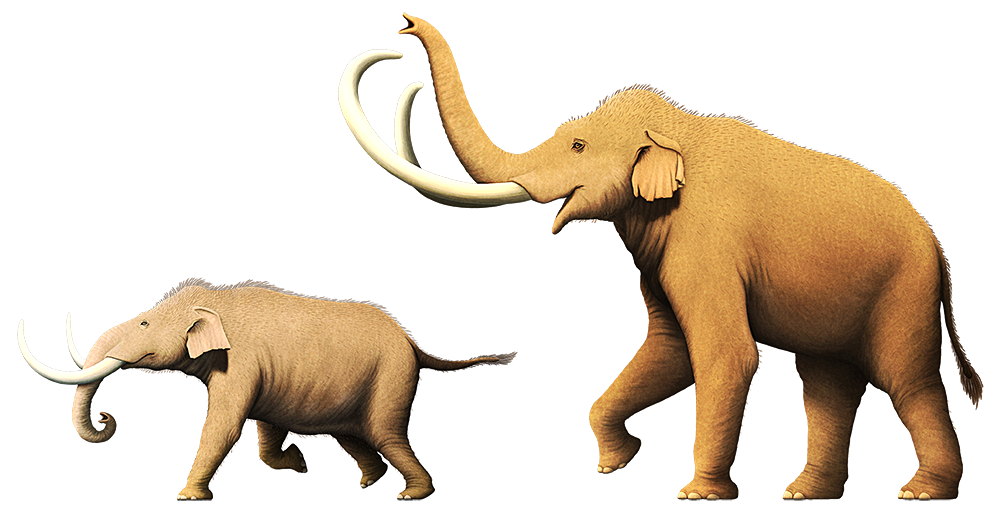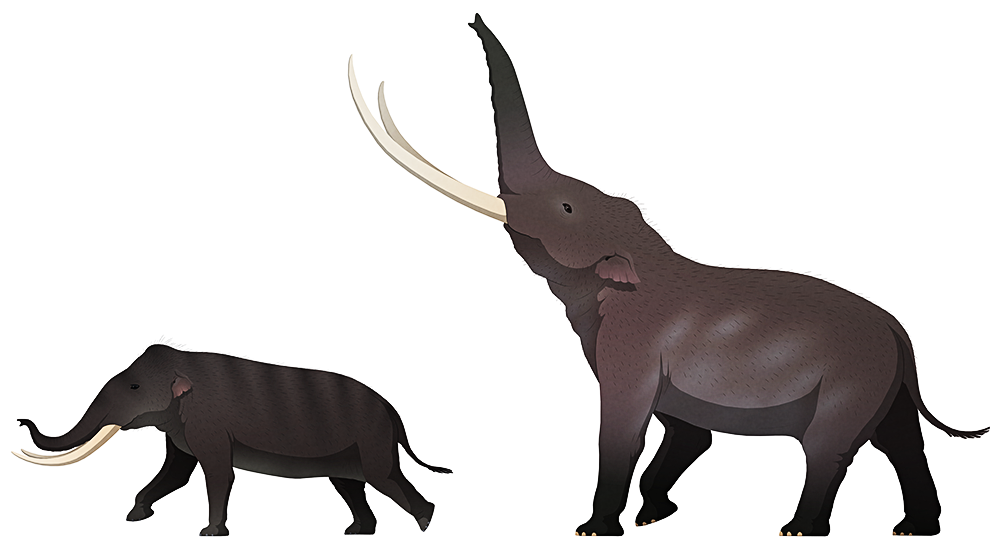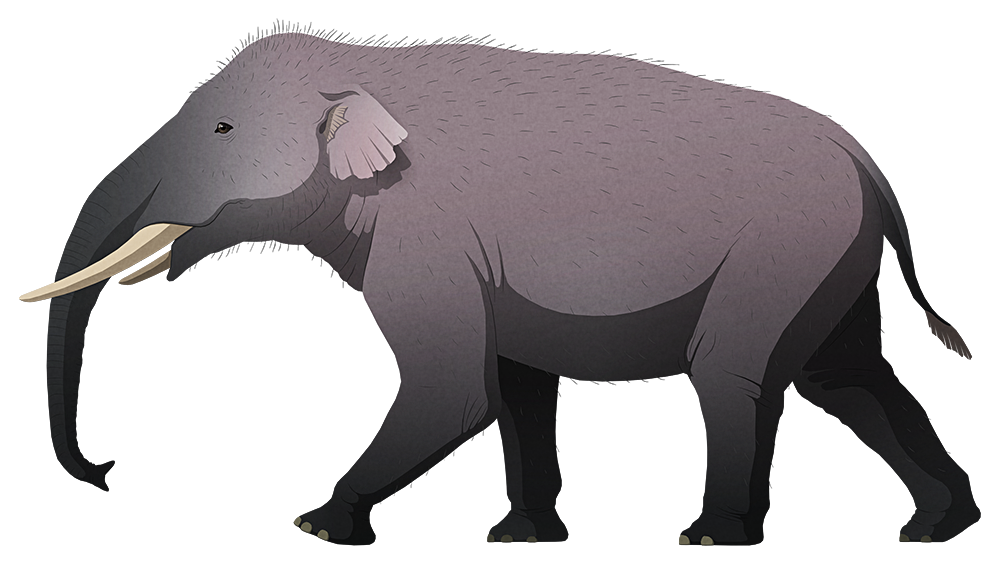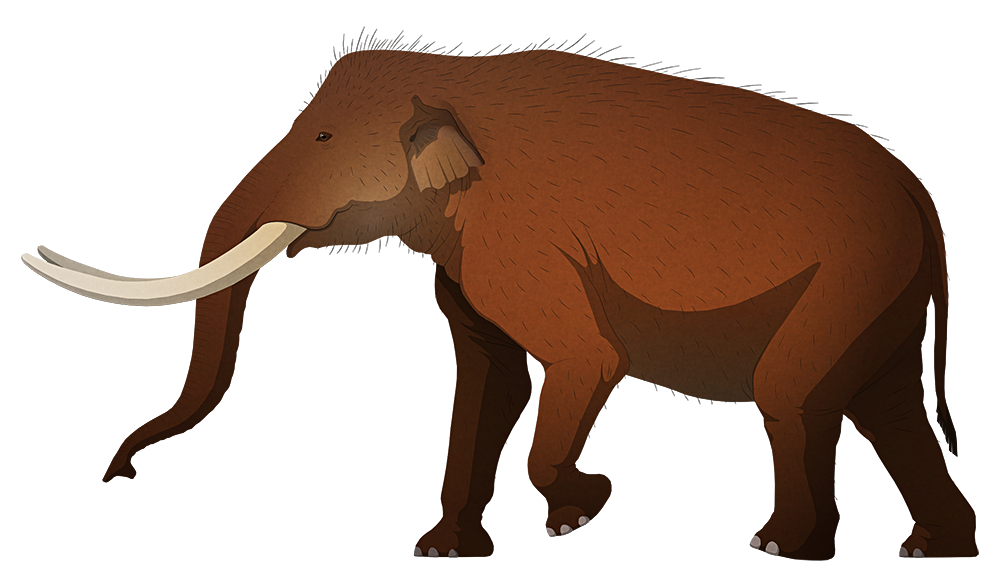And speaking of island elephants, I recently illustrated some for PBS Eons’ episode on the California Channel Island pygmy mammoths:
Tag: afrotheria
Island Weirdness #31 – Tiny Elephants On Parade Part 2: Flores
Much like Japan, ancient Flores had a succession of dwarf stegodontids – close relatives of modern elephants that were capable of island-hopping through Indonesia by swimming.
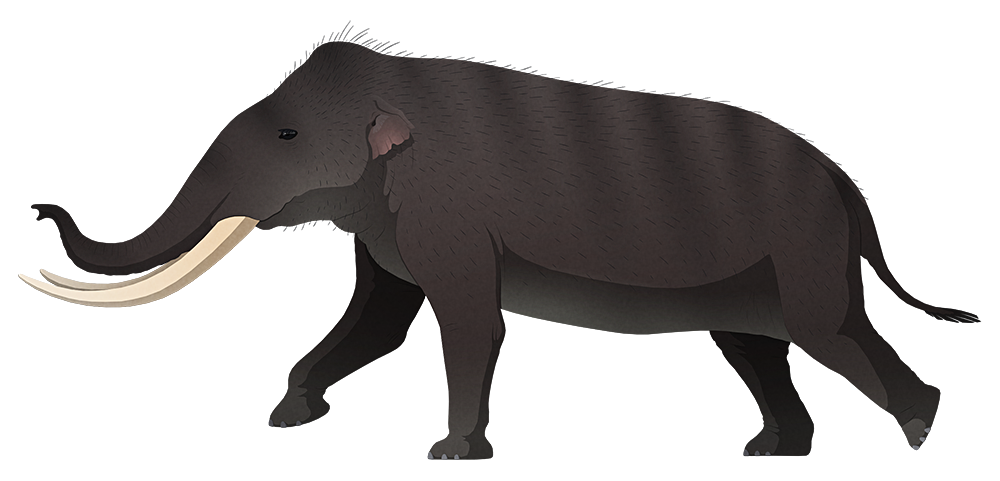
Stegodon sondaari lived on Flores during the Early Pleistocene, about 900,000 years ago, and was the size of a small water buffalo at just 1.2m (3′11″) tall at the shoulder. It was probably descended from the larger Stegodon trigonocephalus, known from Java, and it had proportionally short legs which may have been an adaptation to clambering over rough terrain and steep inclines.
Around 850,000 years ago Stegodon sondaari disappeared from Flores, probably due to a large volcanic eruption, but a new wave of stegodontids quickly recolonized the island. The mid-sized Stegodon florensis probably originated from either Java to the west or Sulawesi to the north, and eventually evolved into a new dwarfed subspecies.
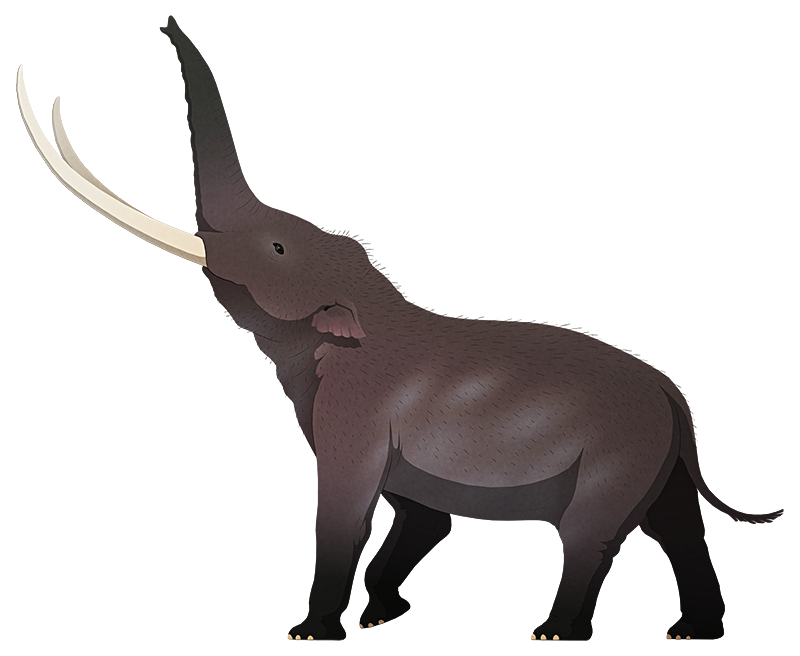
Stegodon florensis insularis wasn’t quite as small as its predecessor, standing around 1.8m tall (5′10″). It probably didn’t shrink quite so much due to the existing presence of various predators on Flores, since it was likely the main prey of large Komodo dragons, it was hunted by Homo floresiensis, and it may also have been occasionally targeted by giant storks.
It seems to have disappeared around the same time as several other unique endemic species, between 50,000 and 20,000 years ago, due to either climate change, another volcanic eruption, or the arrival of modern humans – or perhaps a combination of all of those factors.
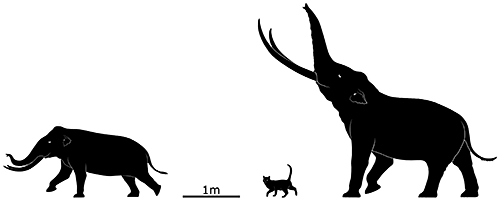
And that’s all for this month… but Island Weirdness will be back later for part 2, with more giants, more dwarfs, and so many elephants.
Island Weirdness #23 – The Bibymalagasy
One of the most mysterious members of Madagascar’s pre-human ecosystem was a creature known as Plesiorycteropus, or the “bibymalagasy”.
It’s known only from fragmentary remains, including a few limb bones, vertebrae, partial skulls, and partial pelvises – with two different species identified, the larger Plesiorycteropus madagascariensis and the smaller Plesiorycteropus germainepetterae. For a long time it was it was unclear what type of mammal it even was and the best guess seemed to be “some sort of small aardvark-relative” based on anatomical similarities, but various studies disagreed and some even considered it to represent a completely unique order of mammals.
In 2013 an analysis of preserved collagen from one bone finally gave a better answer – Plesiorycteropus was most closely related to tenrecs, which arrived in Madagascar via ocean rafting during the mid-Cenozoic, and the skeletal resemblance to aardvarks was due to convergent evolution.
It was built for scratch-digging, using its strong forelimbs and claws to dig while bracing itself with its hindlimbs and long thick tail. Its snout had large nasal cavities, indicating a good sense of smell, and similarities to the skulls of armadillos suggest it had the same sort of diet of insects, grubs, worms, and other soft foods. It may also have fed on ants and termites.
Since it’s only known from fragments its full size is hard to determine, but rough estimates suggest Plesiorycteropus madagascariensis was “small dog-sized” – possibly having a head-and-body length of 60-80cm (2′-2′7), and a total length of over 1m (3′3″).
Unlike some other extinct Malagasy animals there are no historical or folkloric accounts of anything resembling the bibymalagasy. One bone has been carbon dated to just over 2000 years ago, shortly after the arrival of human settlers, and it seems to have gone extinct very soon after that date.

Island Weirdness #13 – Tiny Elephants On Parade Part 1: Japan
Part of the “island rule” is that large animals often become smaller – and no group seems to exemplify this more than the elephants.
Although they’re the largest living land animals today, and in the past included some of the largest known land mammals ever, ancient elephants also frequently ended up on islands thanks to their ability to swim long distances. They produced many different dwarfed forms around much of the world, and a few of them will be featured intermittently throughout both months of this theme.
The earliest known examples were the stegodontids of Japan in the early Miocene. These animals weren’t quite true elephants, instead being close evolutionary cousins to them, and had two small additional tusks in their lower jaws similar to the related gomphotheres.
Stegolophodon pseudolatidens first arrived in Japan about 18 million years ago, and within just 2 million years they’d developed into insular dwarfs that were probably around 2m tall at the shoulder (6′6″)– still reasonably large, but only about 60% the size of their mainland relatives.
Much later in the Early Pleistocene another small almost-elephant appeared in Japan. Living between about 2 million years ago and 700,000 years ago, Stegodon aurorae was about the same size as the then-extinct Stegolophodon but probably wasn’t descended from them. Instead it was probably the result of a separate arrival and dwarfing of a larger Stegodon species from mainland Asia.


